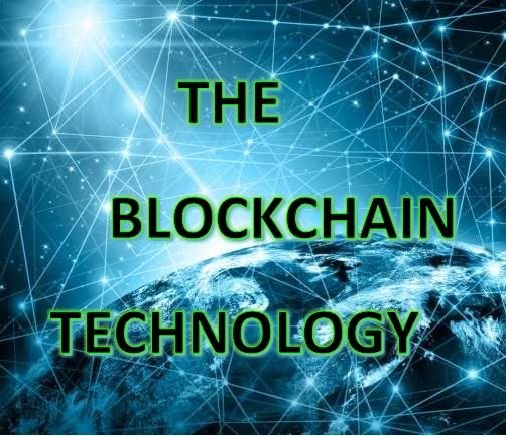
Several years ago, the transfer of value using digital assets was unrealisable. This is due to the fact that digital assets can be easily copied which created a problem known as double spending. Double spending is the act of spending the same unit of value more than once by duplicating it, thereby preventing a secure peer to peer transfer of digital assets.
A solution to the "double spending" problem became evident when an innovative peer to peer electronic cash system called Bitcoin immerged in 2009, enabling online payments to be transferred directly without the use of an intermediary. The underlying solution was made possible by the blockchain technology. To understand fully how the blockchain works, lets look at following four key concepts:
Hashing
The transformation of a string of characters into a usually shorter predetermined length which represents the original is know as hashing. The computation processes are carried out by a hash function and the resulting string of characters after hashing is called a hash. Even if an original string of characters differs from the other by just one character and even though they have the exact same meaning, their resulting hash will be completely different. Hashing therefore makes it quite easy to validate the authenticity of data when comparing two or more versions.
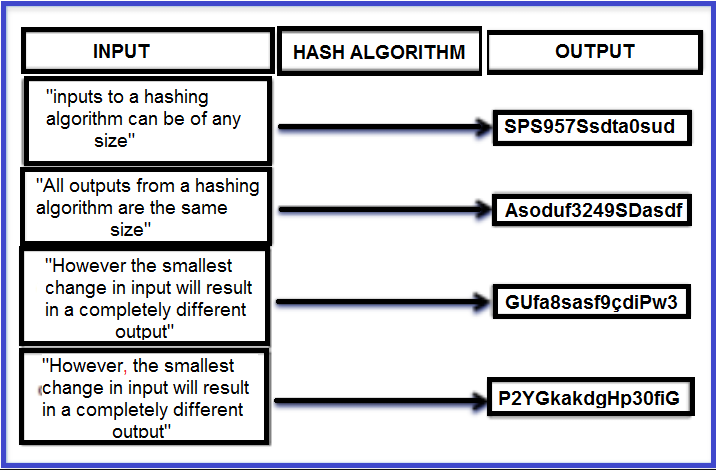
Public/Private key cryptography
When digital assets are sent over the Blockchain, they are actually being sent to a hashed version of what’s known as the “Public Key”. There is another key known as the “Private Key which is hidden from the receiver. This Private Key is used to derive the Public Key. Everyone on the Blockchain knows their own Private Key. The Private Key is the longer of the two, and is used to generate a digital signature for each blockchain transaction a user sends out.This signature is used to confirm that the transaction originates from the user, and prevents the transaction from being tampered with by anyone once it has been issued.
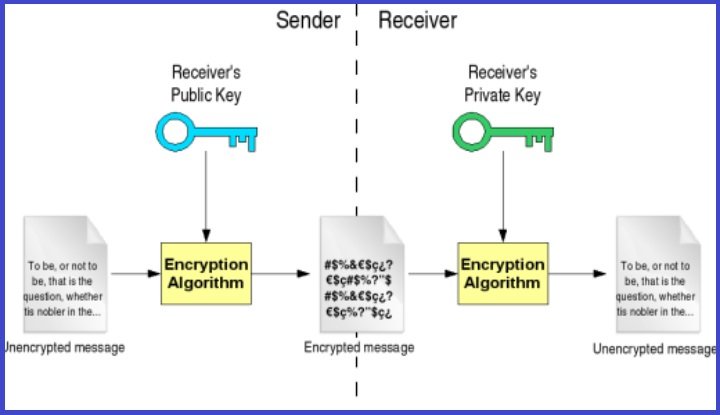
Decentralization through P2P networking
The blockchain isn’t just a single entity. It is actually copied and shared throughout a large network of computers. These computers are called nodes and are connected to the blockchain.

The Blockchain Data Structure
The structure of the blockchain data is a well arranged, back-linked list of transaction blocks. Blocks are connected to another by series of hashes in such a way that each block refers to the preceeding block in the chain. The series of hashes connecting each block to its parent makes a chain going back to the first block, referred to as the genesis block. The result is that once a block has numerous generations, it can not be tampered with without forcing a recalculation of all successive blocks. Since such recalculation would need enormous computation, the presence of a long chain of blocks ensure that the blockchain is immutable.
It is therefore nearly impossible to tamper with files transacted, verified and stored on the blockchain.
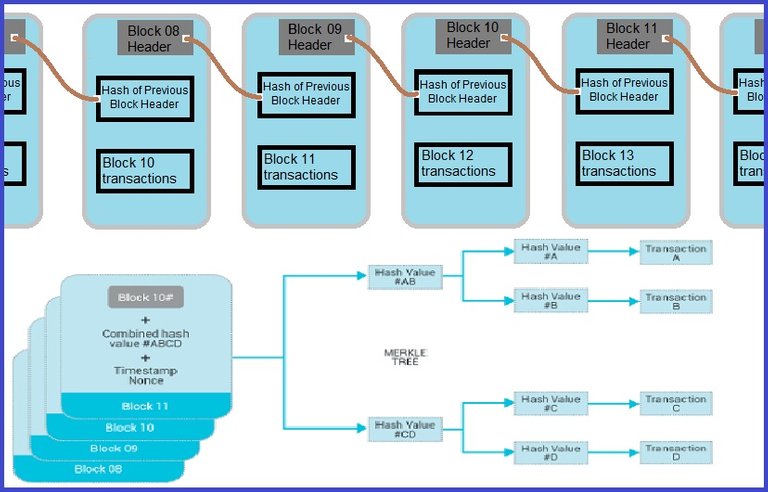
The blockchain is indeed an amazing technological solution to a long overdue problem that underlies all activities which involve the exchange of value between two or more users by enabling trust through decentralization and thus eliminating the need for a third party. The blockchain therefore gives rise to a wide variety of business applications which will be covered in my next article titled " The Blockchain-A new revolution "
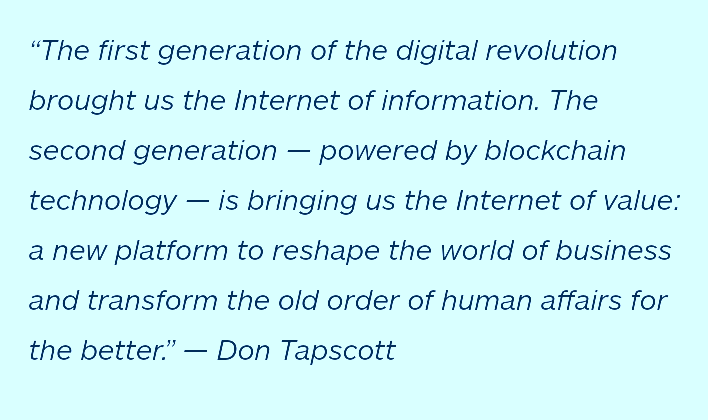
Sources:
Techbullion, webforum, Blockgeeks, thenextweb,
cfbtranslations, businesstoday
I liked your post,good one :) Hey check out my post,maybe you gonna like, let me know
Ok cheers. I Will !
Looking forward to your opinion on this one @surfyogi .
As someone that has been involved with blockchain technology for the past year, I find this article to be very well thought and effectively descriptive regarding the four key components of a blockchain.
I commend you for taking all of this on in a single article, however; you may want to consider breaking it down into four different posts (leaving this one as a kind of summary) which describe the four key components of the blockchain separately, and in smaller chunks that will be easier for readers that are not very familiar with the subject to take in.
I find it most fun to consider the various business applications for which Blockchain will establish itself as a disruptive force. It has been a very long time since the financial services industry saw any real sort of disruption. I think Blockchain promises to bring it their way.
Finally, I appreciate the fact that you are interested, not only in cryptos, but in the technology that makes them work. When people hear mention of "cryptocurrency", their minds immediately jump to "Bitcoin" or "Ethereum". It should be the same case when those same people hear mention of "blockchain", however; it is not (that is a shame in my opinion).
Not sure if you are familiar with Triple Entry Bookkeeping theory, but I have provided a couple links below.
https://en.wikipedia.org/wiki/Momentum_accounting_and_triple-entry_bookkeeping
http://www.prnewswire.com/news-releases/balanc3-to-assure-financial-transparency-for-singulardtv-300319277.html
#MinnowToWhale
#M2W
-SugarPeas.OG
Thank you for your much detailed and constructive response. After much reasearch, I see the blockchain in a whole different way now and tend to understand why the crypto industry continues to evolve exponentially. The big banks know the potential . Visa is also concerned that they may face some threatening competitors in the future who will offer faster transactions with much lower fees. It will be interesting to see how this will all turn out.
Regarding your suggestion, I will , sometime in the near future; do a write up on each concept with the aim of making it comprehensive to users new to the blockchain and the crypto industry.
Thanks again!
Visa recently partnered with Monaco (ticker: MCO) debit card in order to offer ETH and BTC transactions wherever Visa is accepted.
Ohh wow, did they? I'll get to reading up on this.
Congratulations! This post has been upvoted from the communal account, @minnowsupport, by cryptonfused from the Minnow Support Project. It's a witness project run by aggroed, ausbitbank, teamsteem, theprophet0, and someguy123. The goal is to help Steemit grow by supporting Minnows and creating a social network. Please find us in the Peace, Abundance, and Liberty Network (PALnet) Discord Channel. It's a completely public and open space to all members of the Steemit community who voluntarily choose to be there.
If you like what we're doing please upvote this comment so we can continue to build the community account that's supporting all members.
I was right, I told you that I would probably enjoy reading your blogs! There is much much more that I don't understand about this technology than what I do understand, but I know enough already to realize that it is going to revolutionize the world. This was good and very helpful, thank you!
Thank you. ;-). Glad I could help.
Nicely structured post. Easy to follow and understand!
Thanks! I did try my best to make it as easy as possible to follow although i could have expounded a bit more on a few things but I also had to keep in mind the length of the article.
Came here from your comment on our post about blockchain. This is beautifully written. Following you and hoping to read more of your posts. :)
Thank You. I will be covering the applicable uses of the blockchain tech soon; followed by new upcoming innovative projects inspired by the blockchain.